Thailand's ancient cat breeds get official national status, but will it improve animal welfare?
Five native Thai cat breeds have been crowned national pet symbols, a move celebrated by breeders but met with both optimism and caution by rescuers confronting a growing stray-cat problem.
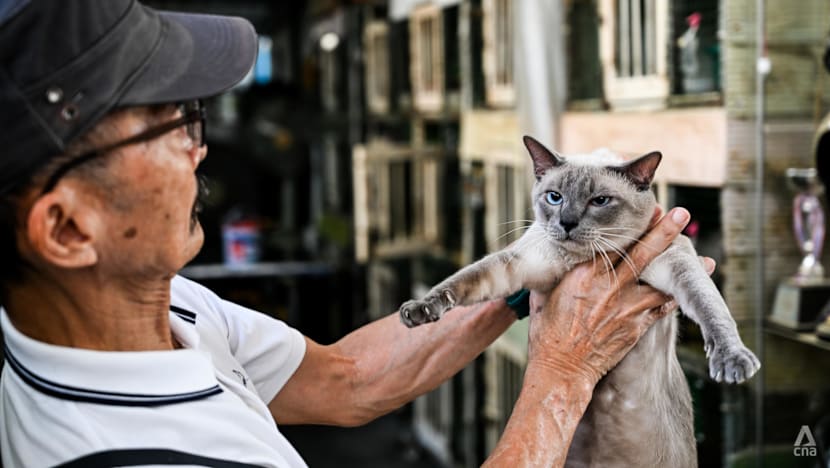
Preecha Vadhana, a cat breeder, inspects a Siamese feline at his facility in Bangkok. The breed is one of five recognised by the government as a national symbol. (Photo: CNA/Jack Board)

This audio is generated by an AI tool.
BANGKOK: In centuries-old Thai manuscripts, the cat appears as a revered species, a bearer of prosperity, protection and royal favour.
In books made from samut khoi - traditional Thai paper folding books made from the bark of a mulberry tree - scribes depicted silver-coated and white, jewel-eyed felines as guardians of temples and described their unique traits in verse.
These animals have deep roots and national heritage, dating back beyond these 14th-century scripts called the Tamra Maew.
From ancient symbols to modern-day icons, the kingdom’s iconic species are being elevated once again: Officially recognised alongside some other historic heavyweights.
Five cat breeds native to Thailand were approved as national pet symbols by the government on Nov 18, joining the Thai elephant, fighting fish and Naga among other nationally recognised emblems.
The pure Thai breeds - Suphalak, Korat, Siamese, Konja and Khao Manee - possess distinctive physical and behavioral traits that clearly differentiate them from other breeds, according to Thailand’s National Identity Committee, which had proposed their designations as national pets.
“Their uniqueness has gained international recognition, with some foreign breeders attempting to register purebred Thai cat lines and establish global breed standards,” the Thai government’s public relations department said in a report on Nov 20.
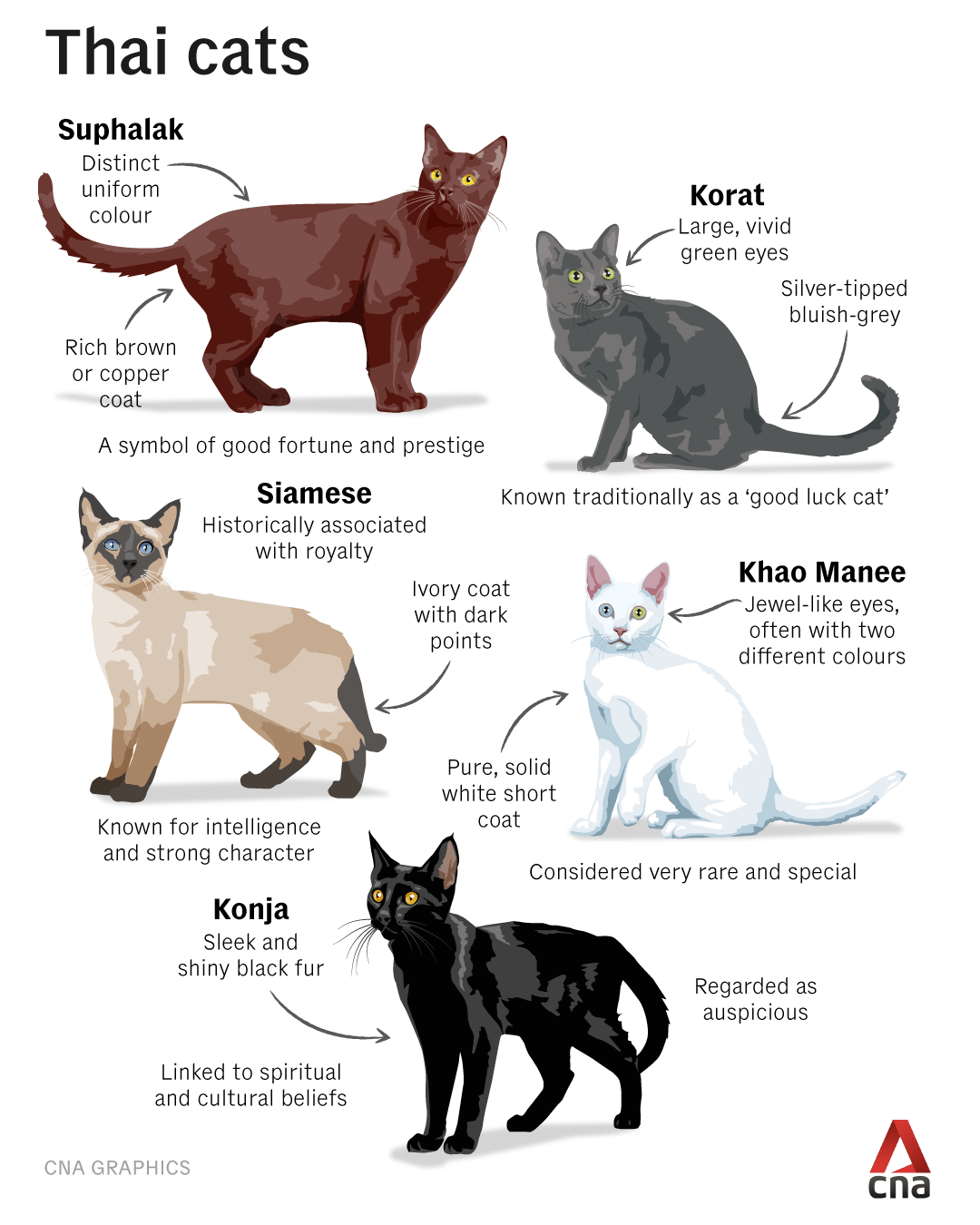
Preecha Vadhana, a cat breeder who operates Bangrak Cat Farm in Bangkok, said that each of the five breeds has very distinct features, making them easily distinguishable from one another.
“But they also share similarities, particularly their structure and short coat.”
The Suphalak has a distinct copper coat and is considered a symbol of prestige and fortune. The Korat is a bluish-grey cat with large, vivid green eyes, while the Khao Manee - a rare, white species - often has eyes with two strikingly different colours such as gold and blue.
The Konja is known as a lucky black cat, unlike its foreign counterparts which are often infamous for the opposite.
Finally, the “king of cats”, the Siamese or Wichienmas, is marked by its distinct dark spots and treasured for its intelligence. It is typically the most expensive of the breeds and can cost 15,000-20,000 baht (US$465-US$620) from a local breeder, while others cost 7,000-15,000 baht.
“I think it’s a great step, and it will encourage more interest in Thai breeds,” said Titipat Laohaprasertsiri, the president of the International Maew Boran Association (TIMBA), an organisation that seeks to promote Thai iconic species. Maew Boran means ancient cats in Thai.
“Thai cats are energetic, fun, curious and incredibly affectionate. Thai cats seem to love humans more than they love other cats. They’re very people-oriented. They really add warmth and joy to your daily life,” he said.
There are no publicly available figures on how many such cats there are in Thailand.
The decision to elevate these species is not just symbolic: It is meant to help conserve rare native breeds, standardise them and protect Thailand’s ownership of them. The species will also be used more in creative-economy and tourism branding, according to the government.

“I see it as a huge potential positive. Unfortunately, ‘breeds’ tend to hold more value and receive better welfare than animals without that status,” said Henna Pekko, the managing director of Rescue P.A.W.S. Thailand, a not-for-profit animal welfare organisation in Thailand.
“If cats are considered national treasures, it’s a good day for cat lovers,” added Karan Bhatia, the owner of Catsanova Cat Shelter & Playroom in Bangkok, a business that focuses on ethical cat adoption.
But like many involved in the wider cat industry, both have some caveats, noting that the longtime prestige of certain species contrasts with the reality faced by many cats in Thailand today.

LIFE ON THE STREET
Stray cats and dogs number in the hundreds of thousands nationwide, possibly more. There were an estimated 820,00 animals on the street, based on past estimates by the Department of Livestock Development in 2018.
Big cities like Bangkok carry a heavy burden but it is a major, country-wide problem.
State-supported sterilisation, rehoming or vaccination programmes are rare. But from Jan 10 next year, cat owners in the Bangkok metropolitan area will be required to register and microchip their animal.
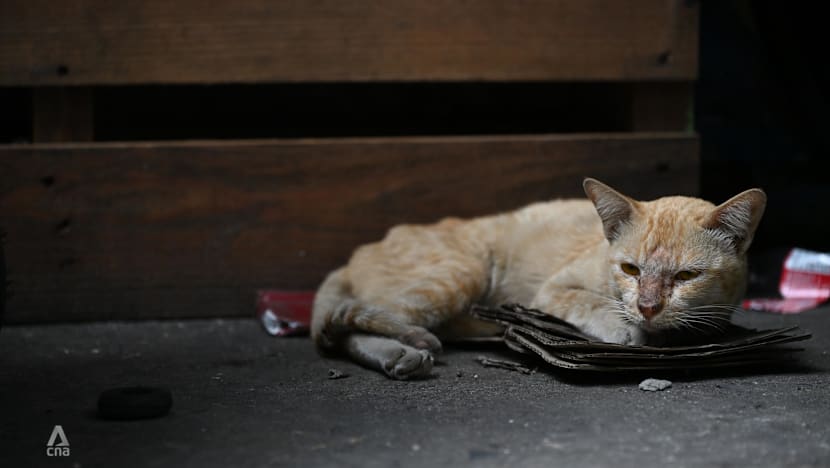
There will also be limits imposed on the number of cats one can own based on the size of their home.
Pet abandonment remains a major issue, a situation exacerbated by the COVID-19 pandemic.
“COVID was an extreme situation, but nonetheless, it contributed to a huge influx of new animals out on the street,” said Sam McElroy, the operations director at Soi Dog Foundation, a non-profit dedicated to improving the welfare of stray dogs and cats across Asia.
“A lot of those lived in someone's house for however-many years, and then they found themselves out on the street. And they kind of melt into the background in a country like Thailand, because there are so many strays,” he added.

There is a huge number of stray and free-roaming cats, many with no access to veterinary care, Pekko said. As a result, these cats often have multiple litters and suffer from parasites, injuries and illness.
“Access to affordable or subsidised sterilisation is limited, which makes the problem worse over time,” she said.
The new government recognition of Thai heritage cats does not indicate any measures to address the stray cat problem in the country, beyond “public awareness” of the five pure breeds and their importance. But animal advocates hope there will be flow-on effects.
“I think it will help if the government or the people behind it can use this as a platform to start educating people on how to treat community cats and stray cats,” Bhatia said.
Others are more direct in saying the government needs to take more concrete actions, instead of symbolic gestures directed at uncommon species of Thai cats.
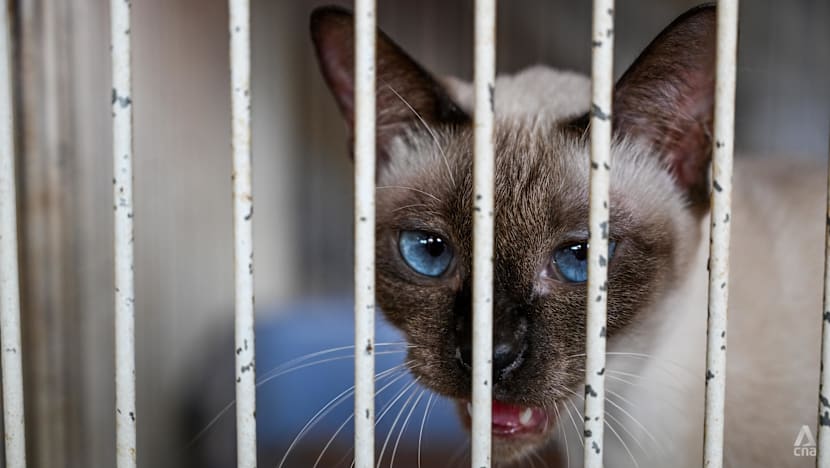
Mavin Russameethongthakul is a Bangkok resident who shelters 25 rescued cats in his home.
He said that instead of campaigning specifically for pure Thai breeds, it would be better to encourage people to help stray cats instead.
“These specific Thai breeds are actually quite rare, and I don’t really see the benefit,” he said.
Pekko said the government’s move could help raise awareness and encourage more compassion for cats among the general public.
“Hopefully this recognition will have a positive effect for Thai cats in general - not just the specific breeds,” she said.
But she expressed fears that increased attention on these breeds may ignite more targeted breeding, that if not regulated properly, could lead to further welfare issues. Thailand has minimal regulation of commercial cat breeding.
“So while the decision is promising, the real impact remains to be seen,” Pekko added.
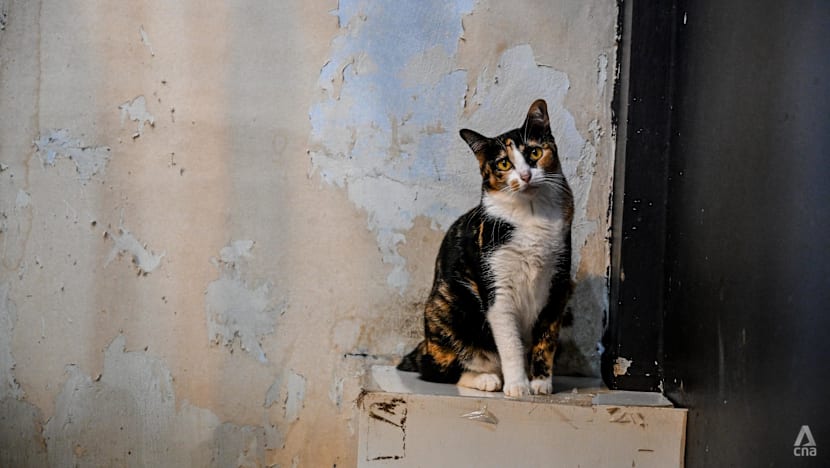
INSIDE THE WORLD OF BREEDING
In a small alleyway in the Bangk Rak district of Bangkok - wedged between the city’s riverside and the hustle of Silom - behind a set of metal gates, dozens of cages rise in narrow rows.
Close to a hundred cats fill the space with constant meowing.
Bangrak Cat Farm is a breeding ground for all of Thailand’s five sought-after native species, a rare type of operation in the country.
Preecha, the 76-year-old breeder, walks and inspects the cats with a sharp eye, stopping occasionally to brush some of his favourites or check the conditions of others.
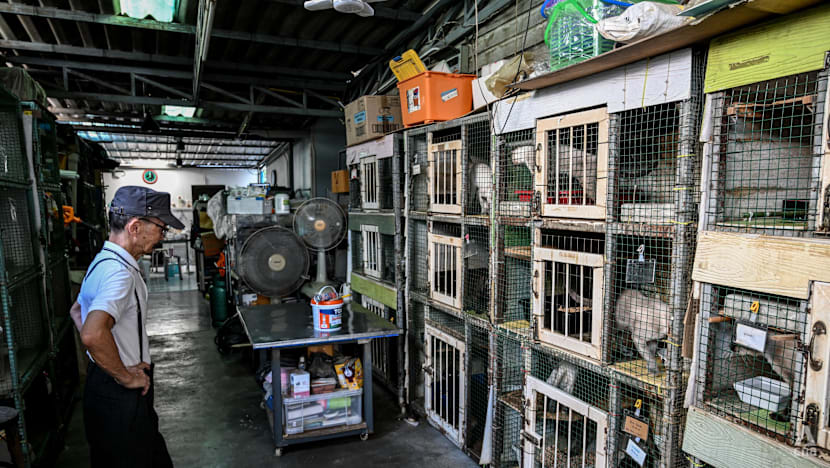
He has pride in his cats and about the new government recognition, something he said he has pushed for many years, through many different governments.
“Thai cats have always been part of our national identity; the government just hadn't paid attention. But now, they’ve embraced Thai cats as part of the country’s soft power and that’s something to be proud of,” he said.
The recognition will help build trust within the industry, ensure quality, species longevity and extend a sense of pride to cat owners, he said.
It may also encourage others to join the Thai cat breeding industry, if business is healthy and the breeds become more popular, he added.
Most cats here are bound for Thai homes rather than being exported overseas, although there is demand from the United States and Europe. Overall, there is a growing interest domestically in owning one of the ancient Thai breeds, said Titipat of TIMBA.

More cat owners are starting to recognise that domestic breeds are more suitable for Thai conditions, compared to foreign breeds, Preecha said.
“What’s noticeably increasing is the number of former foreign-breed owners coming to Thai cats. One major reason is health,” he said, noting that cats from overseas often suffer fungal skin infections in Thailand’s climate.
“These are some of the reasons more people are turning to Thai cats - and I think the trend will continue.”
With the elevated status, these cats are finally being recognised as the “truly precious” animals they are, he added.
That could have unintended benefits for street cats too, he said; many strays that naturally resemble Thai breeds are now being adopted more often.
“I believe Thai cats will continue just like they have for hundreds of years,” he added.
“And we, the people who love them, will continue alongside them, hopefully for hundreds more.”
















